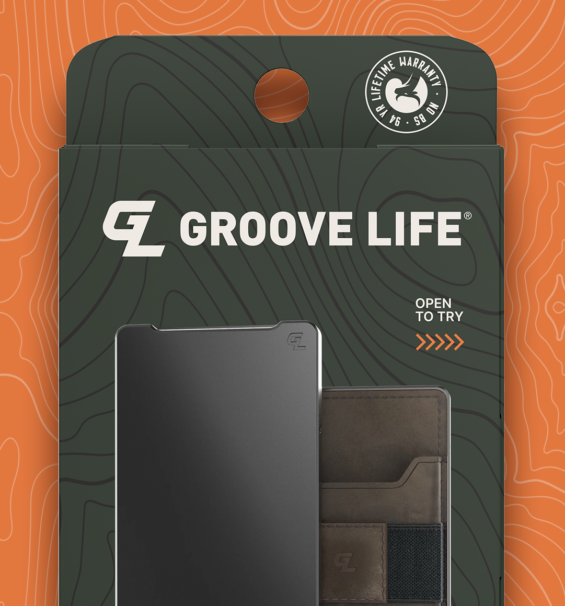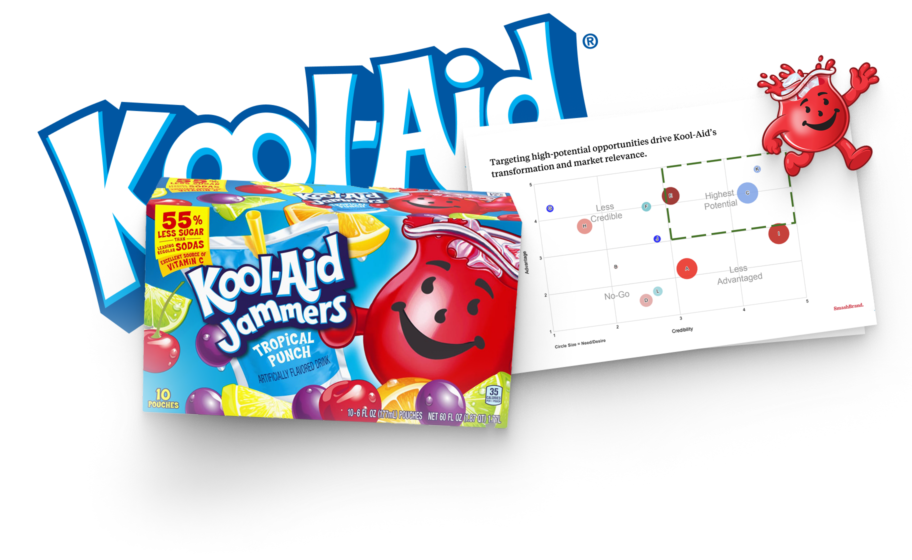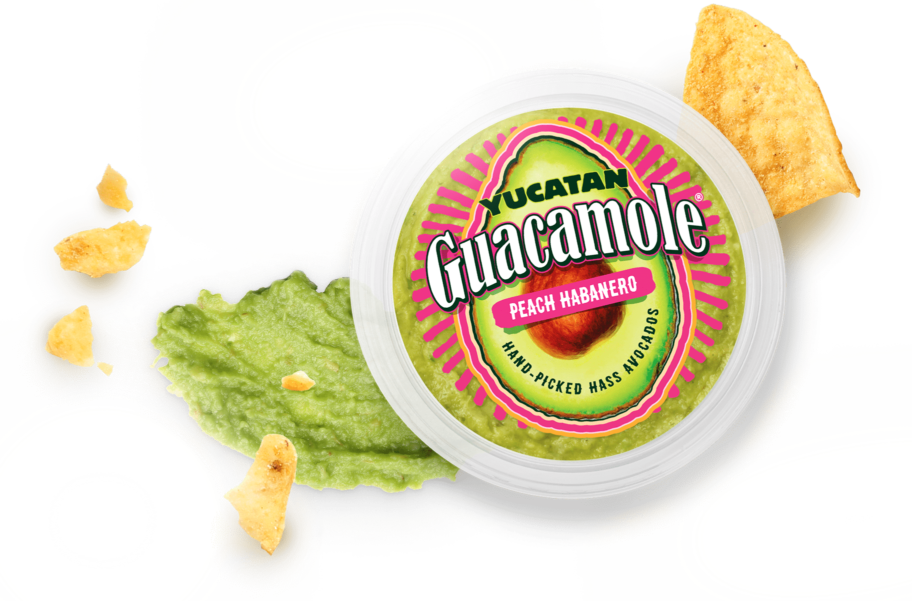When companies launch horizontal brand extensions, and their strategy feels off, it erodes brand equity, confuses buyers, and creates opportunities for competitors. The stakes are high, and the numbers prove it: 80% of brand extensions from consumer goods companies fail.
The reason? Misaligned extension strategies undermine consumer trust. 81% of consumers say they need to trust a brand to buy from it, and 86% value authenticity when choosing brands. A forced product line extension or an off-brand vertical extension does more harm than good. Consumers see through it, and they walk away.
This article explains how horizontal brand extension expands CPG market share. It also discusses common brand mistakes and how to ensure that your next strategy delivers actual results.
What is a horizontal brand extension?
A horizontal brand extension is when a parent brand expands into a new product category while maintaining its established identity. It allows brands to leverage existing trust, recognition, and loyalty to enter untapped markets without starting from scratch.
Unlike a vertical brand extension, which introduces premium or budget-friendly versions of an existing product, a horizontal extension introduces something entirely new within the same industry. CPG brands must exercise caution when executing their brand extension strategy. Doing poorly can dilute the core brand, confuse consumers, and weaken its identity.
Brand innovation isn’t a horizontal brand extension.
Brands don’t fail because they don’t innovate. They fail because they don’t know when to evolve and when to expand. Brand innovation strengthens an existing brand by improving an existing product—new formulas, better packaging, or upgraded features. It builds brand awareness while keeping the brand within its current product category. A new soda flavor? Innovation. A more sustainable packaging design? Innovation. It keeps the brand relevant but doesn’t expand its reach.
A horizontal extension is a category extension—a brand-stretching play that applies existing brand equity to a new space. It isn’t about tweaking what already works. It’s about entering a new product category and giving consumers more ways to engage with the brand. This reinforces the brand image and fuels growth. If done wrong, it leads to brand dilution, confusion among consumers, and weakening the brand lifestyle extension.
Which strategy delivers more value? That depends. If a brand is losing relevance, brand innovation keeps it competitive. A horizontal brand extension unlocks new market potential if consumers are ready for more.
What makes a horizontal brand extension successful?
Slapping a familiar brand name on a new product line doesn’t guarantee sales. Sometimes, it risks confusing consumers, alienating the brand identity, and weakening brand loyalty. For instance, a chocolate brand launching an alcoholic drink will cause a disconnect. A successful brand extension strategy protects what made the original brand strong while unlocking new growth.
The best extensions align with the core brand values consumers already trust. For instance, a luxury skincare brand is launching a premium body lotion—smart. A fast-food chain launching diet supplements? A disaster. Why? Consumers expect a new product line to make sense with an established brand and not feel like a cash grab.
Beyond alignment, companies must target an actual market opportunity. A competitive analysis should prove there’s demand—this isn’t about adding SKUs for the sake of it. The extension must have a clear value proposition. That’s why testing matters. Real-world validation ensures an extension doesn’t just shift sales within the portfolio—it expands market share.
The risk of horizontal brand extension.
When a company stretches too far, it risks eroding the trust that made the existing brand name valuable in the first place. All those failed brand extensions didn’t flop because the new product category was a bad idea. They failed because they didn’t align with the brand foundations that consumers expected.
Take Pillsbury, a brand synonymous with baking. The product extension made no sense to its audience when it introduced frozen microwave popcorn. Consumers didn’t associate Pillsbury with snacks or convenience foods; the disconnect weakened its brand personality. The product flopped, and the company had to course-correct. It means that horizontal extensions must feel like a natural evolution of an established brand name, not a forced attempt to enter an unrelated new product category.
Brands may also face cannibalization, where a new product category steals sales from the existing brand name instead of growing market share. This is where strategic brand development matters. Before launching a product extension, an established brand must test demand, refine brand personality, and ensure the horizontal extension fills a true market gap.
Common mistakes that shrink market share instead of growing it.
Expanding into a new category can unlock growth—if done strategically. But too often, brands rely on assumptions instead of real data, leading to failed launches, lost sales, and damaged credibility. These mistakes waste resources, weaken the original product, and make future expansions even riskier.
Entering a category based on internal assumptions.
One major misstep is entering a category based on internal assumptions rather than consumer data. Brands assume that success in one space guarantees success in another. But without proof of demand, a customer base extension can backfire. Just because an existing product line performs well doesn’t mean consumers want a completely different offering from the same brand. Without research-backed insights, a new brand development effort is just a gamble.
Failing to differentiate correctly.
Another common pitfall is poor positioning that confuses buyers or fails to differentiate from competitors. A brand may enter a new category with a product that looks and sounds like everything else on the shelf. Consumers have no reason to switch if it doesn’t communicate why it’s better. Strong retail brand development ensures that a product isn’t just new—it’s necessary.
Ignoring packaging and messaging.
Finally, ignoring packaging and messaging leads to weak shelf presence. Even a great product will struggle if the packaging fails to grab attention or convey the right value. Brand innovation and packaging go hand in hand—without creative brand development, launch risks being invisible.
How winning Brands Maximize Market Share with Extensions
A strong brand development strategy is built on data. An accurate testing process removes the guesswork, ensures market fit, and maximizes the chances of successful category expansion. Here’s how data-driven testing secures success before a product ever hits shelves.
Using Consumer Insights.
Real brand development in marketing starts with knowing what drives purchase decisions. By analyzing consumer insights, brands can pinpoint the right market gaps, define their competitive advantage, and ensure their brand positioning framework aligns with what shoppers want. At SmashBrand, we test early, gathering real-world shopper feedback to shape products before they go to market.
Testing product concepts, design, and messaging.
Even a great product can fail if its packaging and messaging don’t resonate. A product must stand out, communicate value instantly, and convert interest into purchase. Testing different packaging designs, claims, and positioning statements ensures that every element aligns with consumer expectations. SmashBrand integrates brand development strategy with high-impact consumer testing to refine packaging, messaging, and design so brands launch confidently.
Ensuring strong retail buy-in.
Retailers will not stock a product unless they believe it will sell. By validating consumer interest and optimizing shelf appeal through data-driven testing, brands can approach retailers with evidence that their products will drive sales. SmashBrand’s methodology de-risks retail pitches by ensuring that every product we develop has a clear, data-backed reason to win in stores.
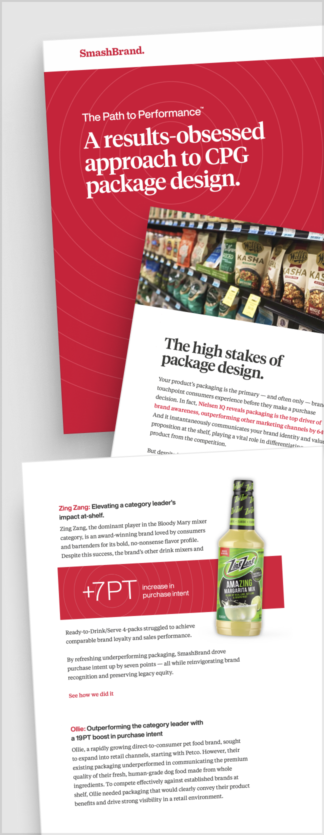
Path to Performance™
Taking a results-obsessed approach to CPG package design.
Learn how SmashBrand’s proprietary process – rooted in scientific principles, informed by data, and validated by your target audience – takes the guesswork out of package design and delivers guaranteed results.
"*" indicates required fields
De-Risk Your Next Brand Extension
Brands often assume that success in one category guarantees success in another. This can lead to costly mistakes. Consumer behavior is unpredictable, and without solid data, even the strongest brand can launch a product that fails.
At SmashBrand, we don’t guess—we test, refine, and prove a brand extension before it ever hits the market. Our methodology combines real-world consumer insights, competitive analysis, and performance-driven design to eliminate uncertainty. We validate demand, optimize packaging and messaging, and ensure that your extension drives incremental growth, not just internal sales shifts. The result? Products that retailers want and consumers buy.
Let’s talk about how your next brand extension can be a market share win. No assumptions. No risks. Just results.
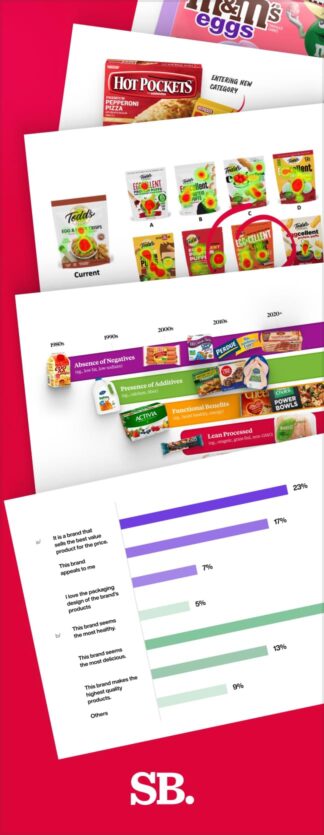
Nice Package
Don’t miss out on our monthly newsletter Nice Package!
Each month, we deliver a data-driven newsletter directly to your inbox, unpacking a critical topic in the FMCG & CPG industry.
"*" indicates required fields
Subscribe to
Nice Package.
A monthly newsletter that unpacks a critical topic in the FMCG & CPG industry.
Free Resource.

CPG product repositioning guide.
Explore the five undeniable signs your CPG product needs repositioning along with strategies for leveraging consumer insights for a guaranteed market lift.
Learn More About CPG product repositioning guide.
